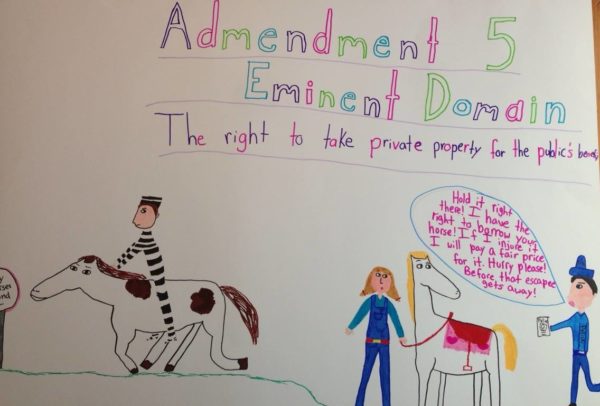 “Eminent domain” is the power of federal and state governments to “take” private property for public use. In 1879, the U.S. Supreme Court held that the power “requires no constitutional recognition” because it is an inherent power of sovereign governments. But governments can’t just take your property without paying for it. The Fifth Amendment to the United States Constitution provides that no private property can be taken for “without just compensation.” Here’s a good history of it.
“Eminent domain” is the power of federal and state governments to “take” private property for public use. In 1879, the U.S. Supreme Court held that the power “requires no constitutional recognition” because it is an inherent power of sovereign governments. But governments can’t just take your property without paying for it. The Fifth Amendment to the United States Constitution provides that no private property can be taken for “without just compensation.” Here’s a good history of it.
The Fifth Amendment eminent domain clause is often called “the taking clause,” for obvious reasons. While it only applies to federal actions, all states provide for the power of eminent domain in legislation and/or their state constitutions.
Through the years, lawyers and judges have spent untold hours litigating thousands of eminent domain cases. Many legal treatises addressing the doctrine exist, including the definitive Nichols on Eminent Domain.
But leave it a child to unravel this complex doctrine in a single illustration. This comes from the daughter of two former law students of mine, who gave me permission to post it. I love the expressions on the characters’ faces. Even the getaway horse looks slightly nefarious. And the constable’s words capture the doctrine beautifully: “Hold it right there! I have the right to borrow your horse! If I injure it I will pay a fair price for it. Hurry please! Before that escapee gets away!”


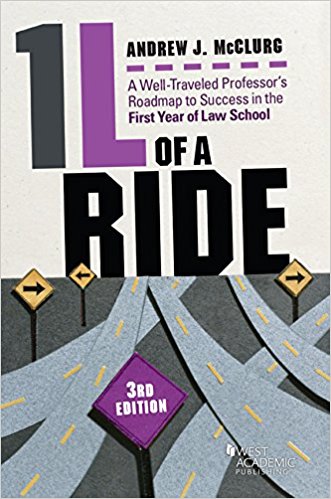
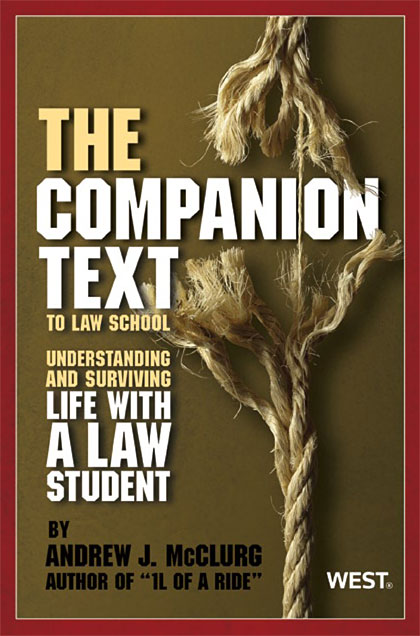




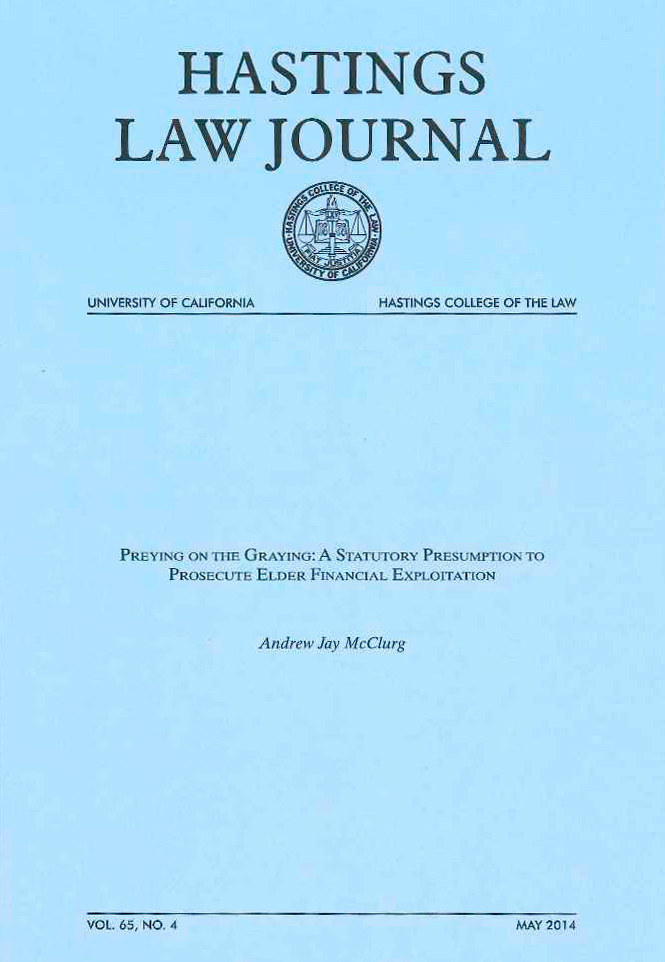
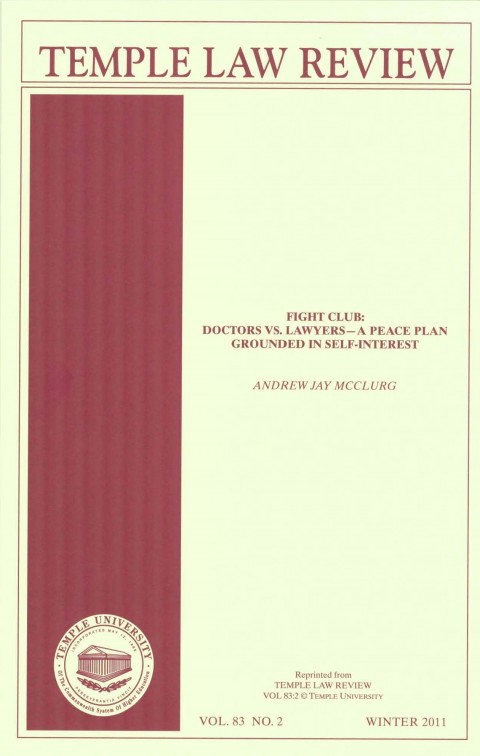
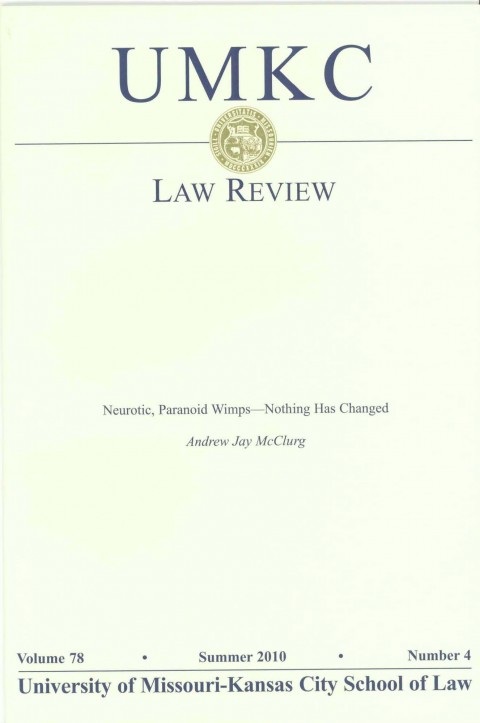
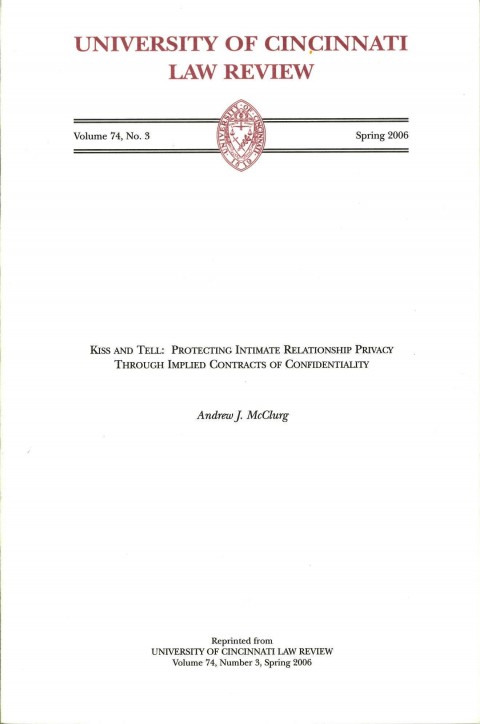
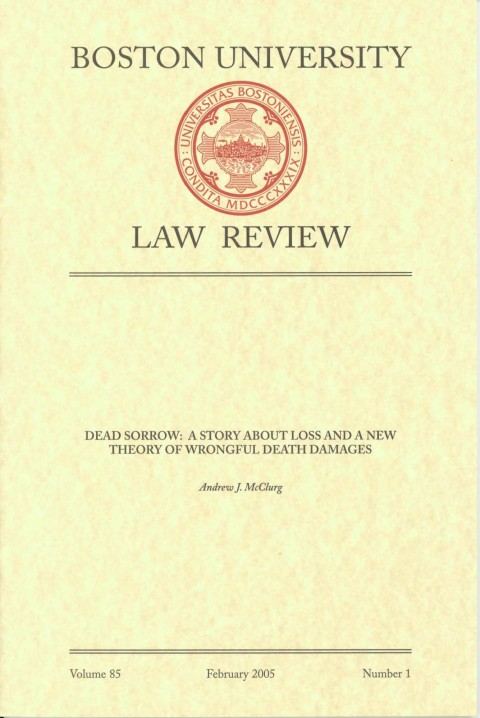
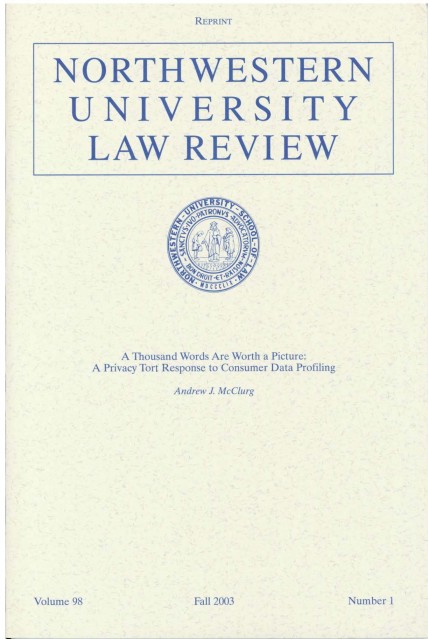
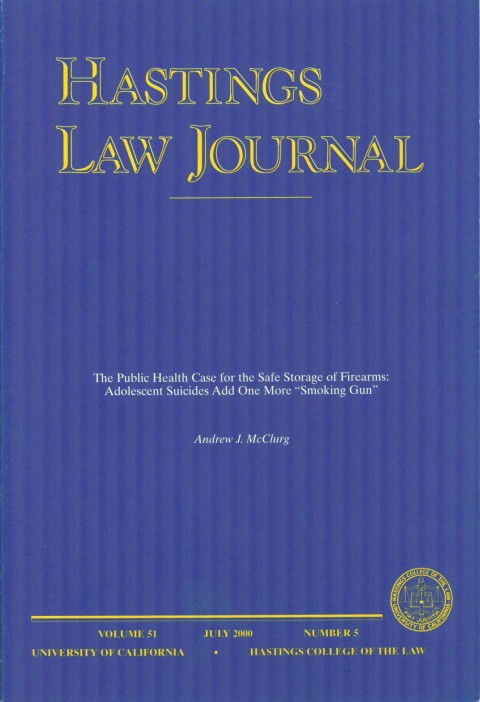
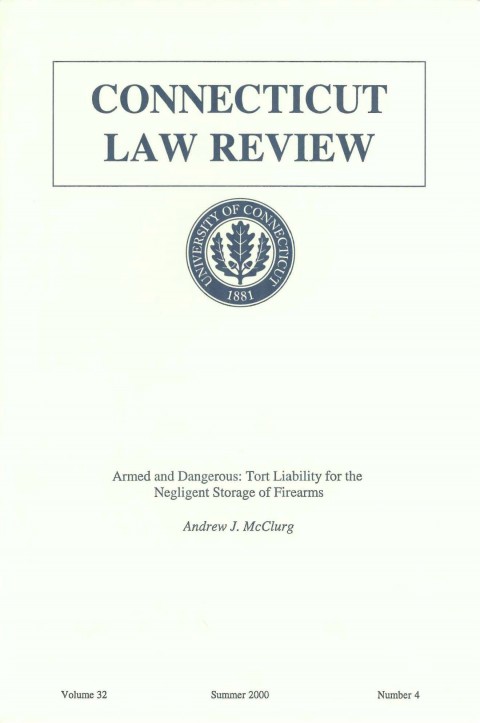
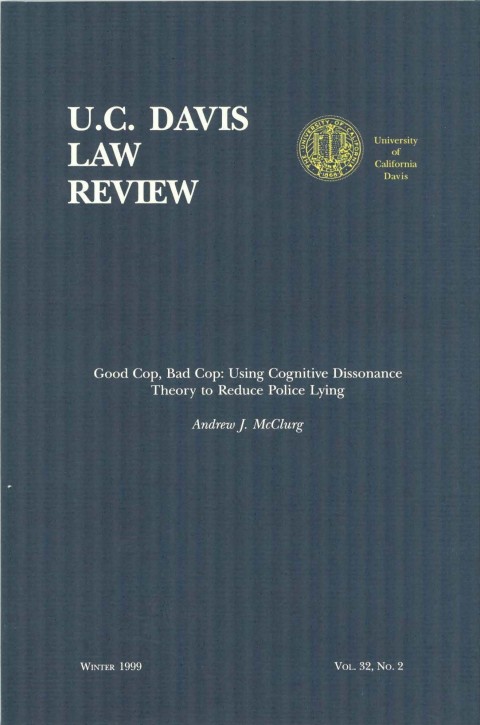
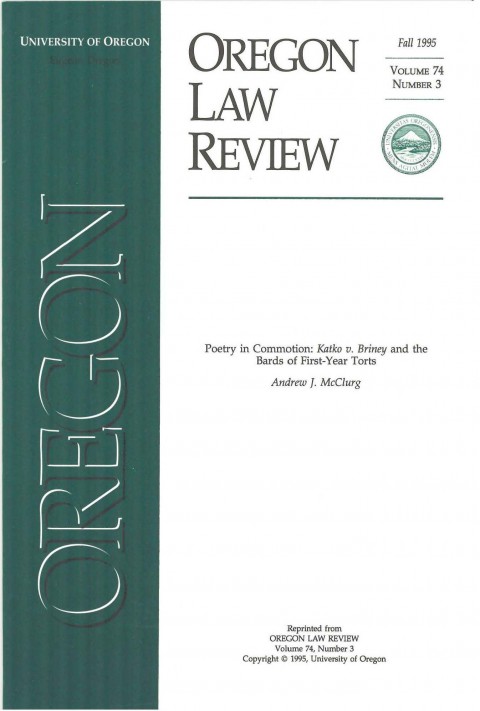
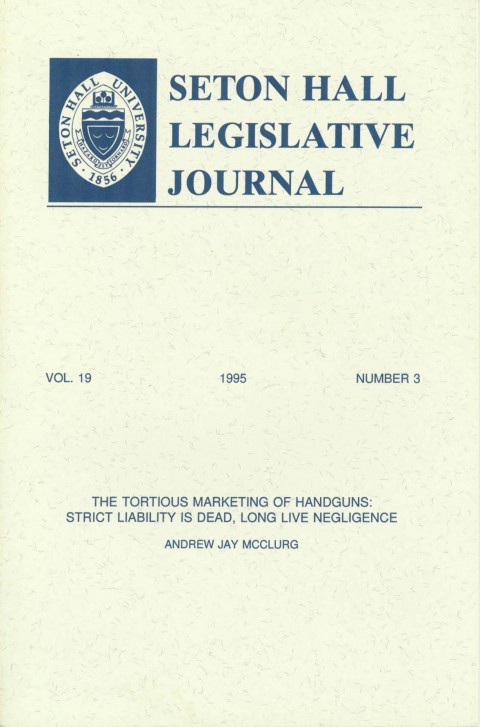
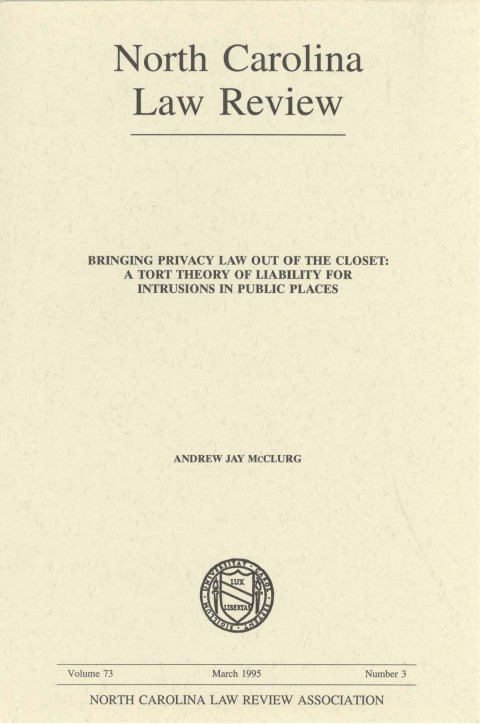
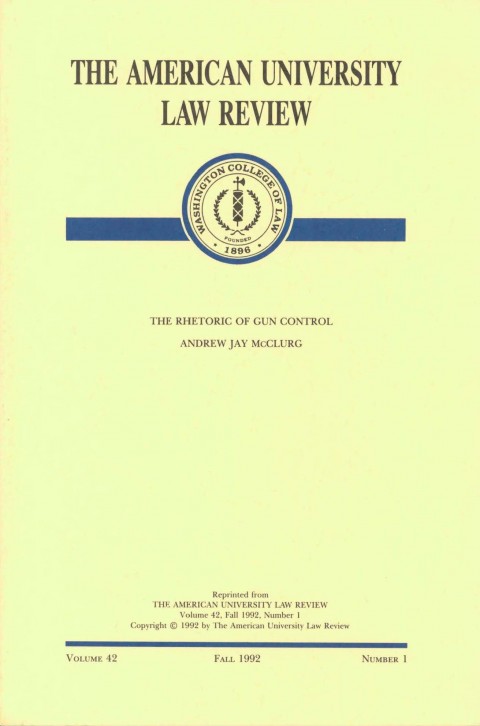
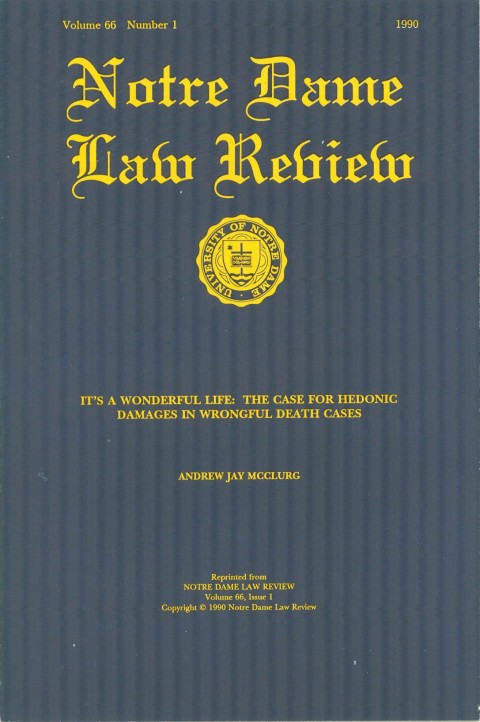
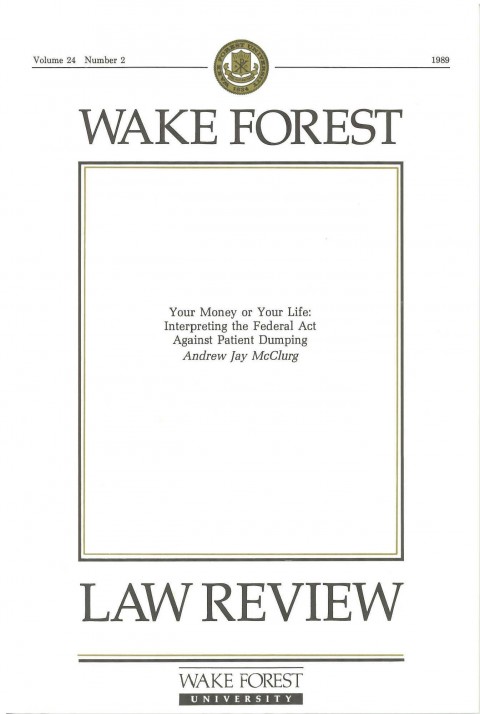
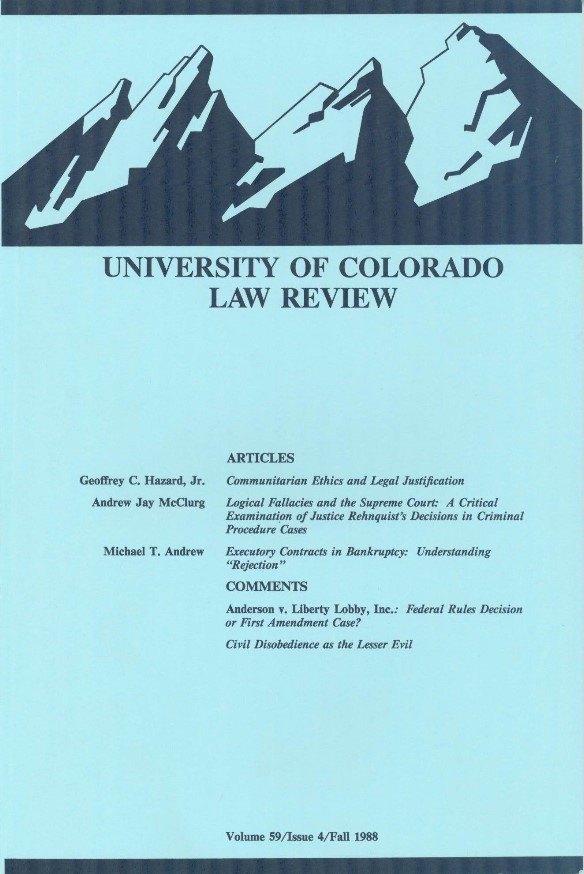

Leave a Reply